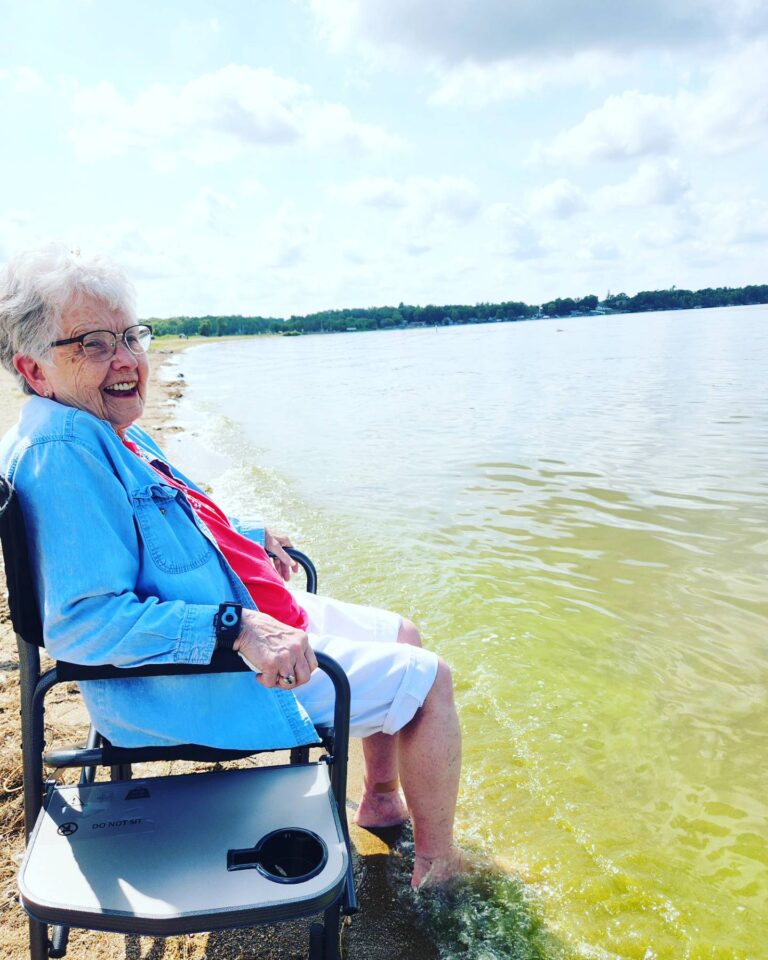
Over time, family members of aging loved ones may realize the best place for seniors to receive quality care, attention, and support is in an assisted living community. This is not an easy decision to make and often comes after several heart-to-heart conversations. Once the choice has been finalized, families must consider how they will pay for these services. Here are some tips for affording an assisted living community for your loved one:
Don’t Count on Medicare
The Medicare system aims to provide health insurance to Americans 65 years and older who have worked – and paid – for the benefit through their payroll taxes over the years. While the coverage is helpful in a number of ways, it doesn’t cover long-term care, sometimes considered room and board in an assisted living or nursing community.
Instead of relying on Medicare – and being sorely disappointed when you learn its stipulations – family members and their aging loved ones should look into long-term care insurance. These policies can help pay for seniors’ healthcare needs as they grow older. Just be sure to read through the specifics of the coverage you’re interested in purchasing and ask all questions before you sign on the dotted line.
Find Senior Living Near Me
“The VA will cover part of the cost of assisted living for veterans and their spouses.”
Read up on Veteran Assistance
If seniors served in the military or were married to a former servicemember, they may be eligible for care under the Non-Service Connected Improved Pension Benefit with Aid and Attendance program. Through this coverage, the Department of Veterans Affairs will pay for assisted living expenses for veterans and their spouses – as long as servicemembers participated for at least 90 days on active duty and one day during wartime, according to VeteranAid.
Currently, this program covers the following, according to Bankrate:
- $2,085 a month for married vets.
- $1,759 for single servicemembers.
- $1,130 for surviving spouses.
Pay Out-of-Pocket
As you search for the right assisted living community for your loved ones, keep your budget in mind. Communities that don’t meet this criterion can easily be removed from your list of choices. According to a study published in the Journal of General Internal Medicine, long-term care – of which assisted living is included—was the No. 1 reason for out-of-pocket spending.
Paying for health care needs is a smart reason to be so cognizant about saving before and after retirement. As a result, some seniors may have accounts dedicated to paying for assisted living or nursing communities when they need them. Otherwise, according to The Balance, family members can join together to split the cost out of pocket.
Look into Medicaid
Although Medicare won’t provide much assistance in paying for an assisted living community for your loved ones, Medicaid may be able to help – if seniors meet certain qualifications.
Each state’s requirements differ – although many require aging loved ones to have assets and income below the federal poverty level. Family members should contact state Medicaid offices to get the specifics and check with assisted living communities to see if they accept the benefit and have a bed available for these guests. In most cases, you must pay out of pocket for these expenses monthly. The nursing community will then bill Medicaid for the remainder of the cost.
The decision to move a senior to an assisted living community and how to pay for the care is difficult. Families have options to cover these expenses, but advanced planning is necessary to take advantage of as much assistance as possible.




